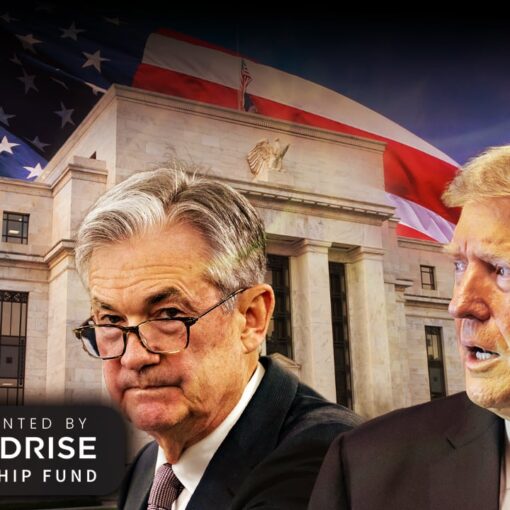[ad_1]
The month of October strikes fear in the hearts of many Wall Street veterans — and for good reason. Over the last 123 years, 7 of the 10 worst days in US stock market history occurred during this seemingly haunted 31-day stretch.
But there’s nothing supernatural about these October scares: They are the remnants of the 19th century agricultural financing cycle. During the 1800s, farmers harvested and shipped their crops to market in the fall, paying for the operation with large withdrawals from their local banks. These banks, in turn, withdrew funds from larger New York City banks and trusts to replenish their reserves, which made Wall Street financial markets especially vulnerable to panics. Even after the United States transitioned to an industrial economy and re-established a central banking system in the early 1900s, the memories of past Octobers seem to have conditioned investors to erupt in panic out of habit. October 2022 may be just the latest manifestation.
Costs of Closet Tactical Asset Allocation
Panic is the mortal enemy of long-term investors, especially in volatile markets, but that does not mean that we should sit idly by in the face of another October scare. At times like these, the late David Swensen‘s observation in his classic Unconventional Success is worth remembering:
“Perhaps the most frequent variant of market timing comes not in the form of explicit bets for and against asset classes, but in the form of passive drift away from target allocations.”
Many investors fail to heed this advice at the very moments when it is most valuable. Instead, they let their gains ride in bull markets and then freeze up when markets descend into bear territory. This is precisely the insidious form of tactical asset allocation referenced by Swensen.
But history shows this is never wise. For every savant who successfully traverses the treacherous macroeconomic currents, many more suffer financial ruin while making the attempt. Failure to rebalance may not be ruinous, but it will almost certainly drag down long-term returns.
Dow Jones Industrial Average: 10 Worst Trading Days:
| Date | One-Day Decline |
| 19 October 1987 | -22.6% |
| 28 October 1929 | -12.8% |
| 29 October 1929 | -11.7% |
| 18 December 1899 | -8.7% |
| 14 March 1907 | -8.2% |
| 26 October 1987 | -8% |
| 15 October 2008 | -7.9% |
| 18 October 1937 | -7.8% |
| 1 December 2008 | -7.7% |
| 8 October 2008 | -7.3% |
So, why is such tactical asset allocation so common among pension funds, foundations, endowments, and other institutional investors? Since many are advised by non-discretionary investment consultants who lack the authority to rebalance portfolios, they simply neglect to advise their clients to do so. But trustees need to take the initiative and ensure that they follow through on rebalancing during times like these.
Short-Term Pain and Long-Term Gain
In Principles, Ray Dalio advises readers to seek painful feedback so that they can confront their deficits and attain the insight necessary to eliminate them. He often repeats the mantra: Pain + Reflection = Progress. Economic events follow a similar principle. Today’s economic pain will likely intensify in the coming months, but that doesn’t mean that we suffer needlessly. The mistakes of the past must be corrected. Elevated inflation has persisted for too long, and re-establishing price stability is absolutely essential to ensure future economic prosperity. We learned this in the 1980s. There is no need to learn it again in the 2020s. We have to break the back of inflation, and while that will be painful, it will be worth it.
Today’s hardships will not be for naught. After the recession of 1981 and 1982 subsided, the US economy came back stronger. Fueled by extraordinary technological innovation, the country went on to enjoy two decades of economic prosperity.
The past two and a half years have had plenty of financial scares. We may see more this October and in the months ahead. But when it passes, we will breathe freely again. In the meantime, we need to steel our nerves, rebalance our portfolios, and trust that the pain we suffer now will be rewarded in the future.
If you liked this post, don’t forget to subscribe to the Enterprising Investor
All posts are the opinion of the author. As such, they should not be construed as investment advice, nor do the opinions expressed necessarily reflect the views of CFA Institute or the author’s employer.
Image credit: ©Getty Images/Đorđe Milutinović
Professional Learning for CFA Institute Members
CFA Institute members are empowered to self-determine and self-report professional learning (PL) credits earned, including content on Enterprising Investor. Members can record credits easily using their online PL tracker.
[ad_2]
Source link








 Bitcoin
Bitcoin  Tether
Tether  XRP
XRP  USDC
USDC  Lido Staked Ether
Lido Staked Ether  Dogecoin
Dogecoin  LEO Token
LEO Token